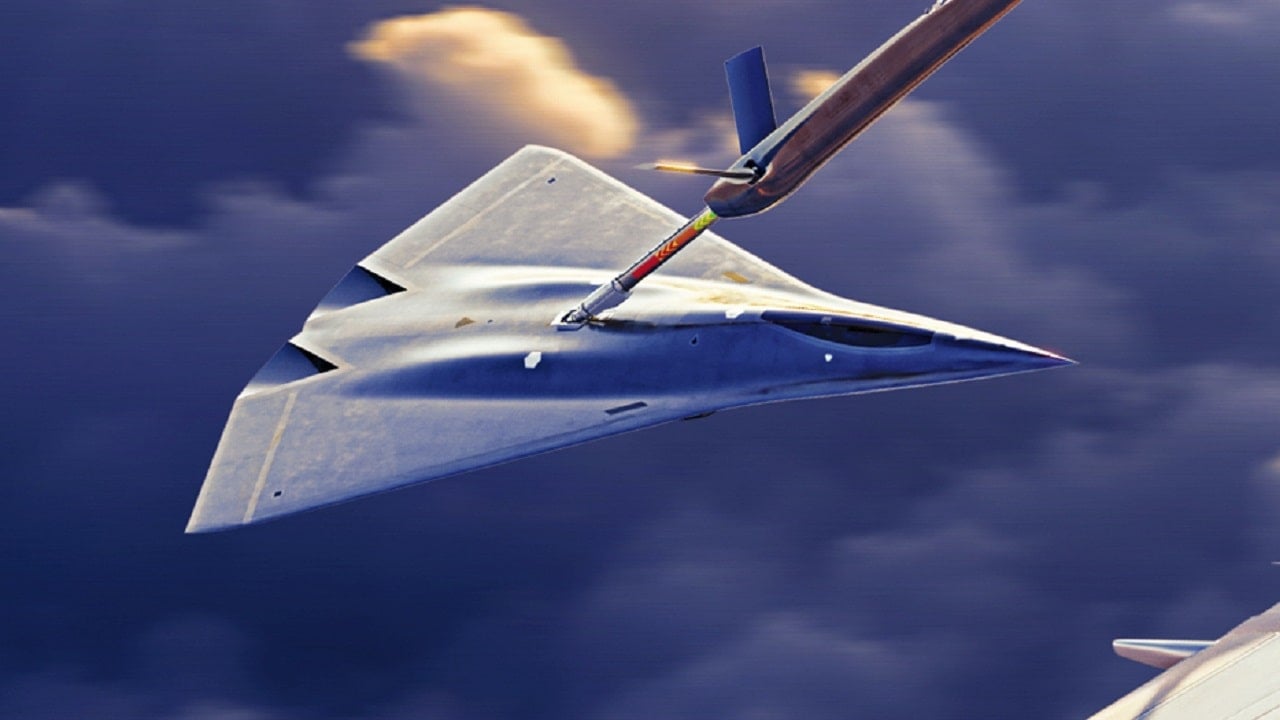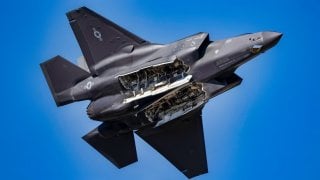NGAD Problem: The Air Force Has No Money for a 6th Generation Fighter
The U.S. defense budget, nearing $1 trillion, faces scrutiny as national debt repayments surpass it. Air Force Chief of Staff General David Alvin hinted at potential budget cuts impacting the Next Generation Air Dominance (NGAD) fighter program.
Summary and Key Points: The U.S. defense budget, nearing $1 trillion, faces scrutiny as national debt repayments surpass it. Air Force Chief of Staff General David Alvin hinted at potential budget cuts impacting the Next Generation Air Dominance (NGAD) fighter program.
-This program, involving advanced sixth-generation warplanes and unmanned aerial vehicles, may not receive prioritized funding in 2026 despite significant initial investment. Critics argue that the NGAD is overly expensive and suggest extending the lifespan of the existing F-22A Raptors instead.
-The debate highlights broader concerns over U.S. military spending amid economic challenges and rising debt.
U.S. Defense Spending Under Scrutiny as NGAD Fighter Program Faces Cuts
America’s elephantine defense budget stands at just shy of $1 trillion. Meanwhile, as of this year, interest repayments on America’s egregious national debt has ballooned to even larger than what is the current defense budget.
For too long, the Pentagon (as well as America’s intelligence services) has behaved as though it existed apart—and above—the rest of us meager taxpayers, that they could continue taxing and spending with wanton abandon and that we’d all just sit there and accept it without asking a single question.
Well, at least someone apparently sees that strategy's inherent flaw. And that means the NGAD fighter program could be in trouble.
The Silent Maneuver Against the NGAD?
Air Force Chief of Staff General David Alvin appeared at a congressional hearing a week ago and gave what many have described as an equivocating answer to a question asked of him about the development of the Air Force’s “Next Generation Air Dominance” (NGAD) fighter.
The program, which is developing a comprehensive new way of aerial warfare, involves the creation of a highly experimental sixth-generation warplane plus an entire technological ecosystem that undergirds this new warplane program. The new ecosystems includes highly sophisticated unmanned aerial vehicles, which the Air Force lovingly refers to as the “Loyal Wingman.”
But Alvin’s response about the fate of the NGAD program has left many observers scratching their heads. Alvin was asked about how competing budget priorities in the Air Force and throughout the Defense Department negatively impacted the development of the NGAD. To which, the Air Force leader explained, “Well, we’re going to have to make those choices, make those decisions across the landscape.”
During his comments, Gen. Alvin made reference to the fact that by Fiscal Year 2026, he could not guarantee that the NGAD would be given the priority that he and the rest of the Air Force (or Congress, for that matter) intend for NGAD to be given.
This is problematic because the Air Force is set to commit to the NGAD program, which will consume tens of billions of dollars (just one of the proposed manned, sixth-generation warplanes will cost $300 million per unit) over a decade, will basically be committed to in 2025 and then given the short shrift in the 2026 budget.
In other words, we’re going to invest gobs of cash at the start of a highly experimental program and then ensure that the program will be delayed and needlessly complicated the following year cutting spending on the project.
The Air Force should instead choose simply to abandon the project as utterly wasteful. Most experts think that, while some elements of the technology behind the NGAD may be truly revolutionary, as a whole, the NGAD is not the game-changing weapons platform its proponents claim. In fact, the NGAD is not worth the price tag based on what the defense firms are charging.
Overpromised, Overpriced, and Underwhelming
The Air Force’s plan currently calls for 200 NGAD fighters to be purchased and built by the 2030s.
These units will replace America’s current fleet of the F-22A Raptor, which is considered to be the most advanced warplane in existence today (and will continue to be the most advanced warplane in existence well into the 2040s).
Just to reiterate, a single NGAD fighter will cost $300 million. Air Force planners envision purchasing an additional 1,000 drones for its “Loyal Wingman” element of the NGAD program.
Frankly, the Air Force should drop the NGAD sixth-generation warplane and buy the drone fleet that’s been proposed to back up the NGAD. From there, the Air Force should save its money and simply extend the lifespan of the F-22A Raptor. Then, the Pentagon should marry those advanced new drones that would have been used for the NGAD with the F-22.
America's Poor Economic Condition
Clearly, people are realizing America is broke.
Our economy is a shambles. And we are likely entering into a major debt crisis soon. The United States simply cannot spend the way it previously has on defense. Cutting the NGAD would be a great start toward budgetary restraint. Instead, the Air Force seems poised to make a huge financial commitment to building the NGAD, even though they know that the following year they will be forced to delay because of budgetary cuts.

The Air Force wants its new toy and it is going to do whatever it can to get it. This “just sign on the dotted line and we’ll figure out how to pay for it later” mentality that has driven the Pentagon for decades must stop. Let’s hope that Gen. Alvin’s remarks indicate a second-look at the assumption that the NGAD is a vital system for our national security. It is not.

Author Experience and Expertise: Brandon J. Weichert
Brandon J. Weichert, a National Interest national security analyst, is a former Congressional staffer and geopolitical analyst who is a contributor at The Washington Times, the Asia Times, and The-Pipeline. He is the author of Winning Space: How America Remains a Superpower, Biohacked: China’s Race to Control Life, and The Shadow War: Iran’s Quest for Supremacy. His next book, A Disaster of Our Own Making: How the West Lost Ukraine, is due October 22 from Encounter Books. Weichert can be followed via Twitter @WeTheBrandon.
All images are Creative Commons.
From The Vault


